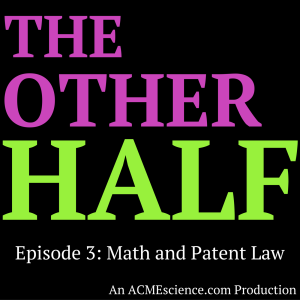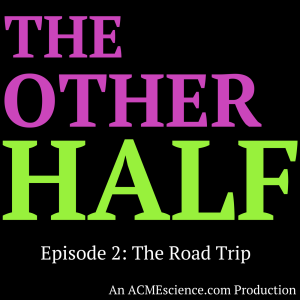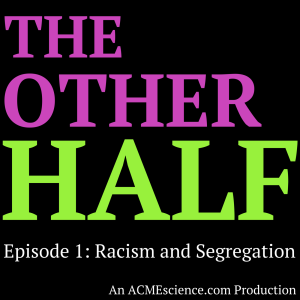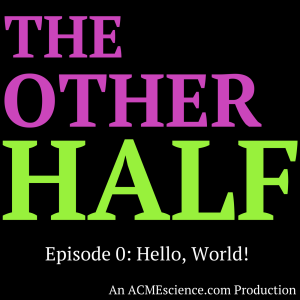Transportation matters. When people need to get places, but don’t have a good way to do so, it’s more than just a drag for them – it’s also a drag for the economy. Americans are living increasingly far from their places of employment, which knocks walking or biking out of the way for many. And not everyone has a car to get themselves from place to place (and even if they did, the cost to the environment would be pretty steep). Moreover, public transportation in U.S. cities, in particular, does not always serve all city residents equitably.
Of course, there’s always…carpooling.
In this episode, Anna and Annie discuss the efficiency of ride sharing, the topic of a recent paper, “Scaling Law of Urban Ride Sharing,” authored by this episode’s guest Steven Strogatz, professor of applied mathematics at Cornell University, along with several colleagues: Remi Tachet, Oleguer Sagarra, Paolo Santi, Giovanni Resta, Michael Szell, and Carlo Ratti, the director for MIT’s Senseable City Lab. Listen in, and get ready to change your Lyft settings to “Line”.
Music from LOWERCASE n.
You can download this episode or, even better, subscribe to the podcast in iTunes or via RSS





